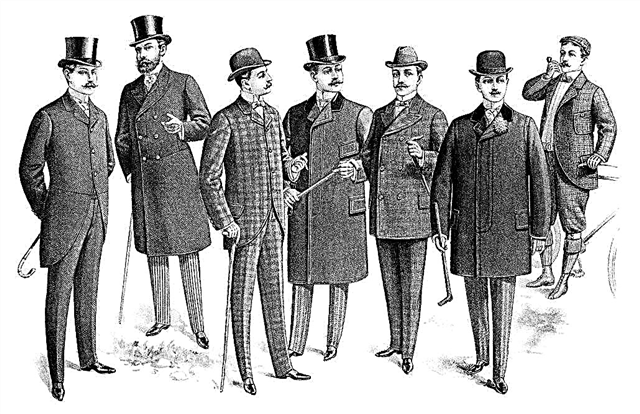
From childhood, everyone knows that a tram turns with the help of arrows. On the tram tracks only a double fork is provided.
In the past, arrows were translated manually. Car drivers did this with ordinary crowbars. Such an anachronism is still present in some cities of Russia, but still, most of the arrows now operate in automatic mode.
The classic principle of the automated tram arrow
Initially, the arrow is located so that the tram moves to the right. If the driver needs to change the route, he does it in advance directly from the cab. For this, an air contact is also provided for about 20 meters (it is also called serial). Power from it goes to the solenoids, which are located in a relatively small metal box located next to the arrow.
To further examine the turn of the trams, let's first look at what car drivers say when they talk about the concepts of “right” and “left”.
In our understanding, the right-to-left fork looks like this:

But the arrows do not always look like this. Most often, other types of arrows.

Here, for example, a turn to the right will be considered further movement in the center, and here:

Under the concept of “right” a right turn really already falls, but the central path will now be considered “left”.
How does the tram turn right?
To turn right, the tram driver does not need to take any action to turn the arrow. Before approaching the serial contact, he turns off the engine and the tram reaches the arrow by inertia. Since no voltage was applied to the solenoids, the arrow remains in the “right” position.
It is understood that even if, for example, the tramway is straight and the arrow is on the left, then “straight” is considered to be left.
How does the arrow switch to the left?
If necessary, turn left the carriage driver approaches the arrow with the engines turned on. The current flows sequentially through the contact wire to the serial electric drive, then through the circuit to the air contacts and through the current collector and the motor falls onto the rail, simultaneously creating electromagnetic induction in the solenoid. The solenoid coil pulls the core into itself, so that the arrow is set to the "turn left" position.

Interesting fact: in our country, the oldest tramway is in Kaliningrad. Konka was laid here in 1881. The first passenger tram electric powered carried out in 1895.
How does the arrow return to its place?
After the tram passes along the necessary path, it is required to return the system to its standard position. This process is also automated. Thanks to the current collector, the air contact (shunt) is closed. It conducts current through a shunt drive to the rails. The energized solenoid coil returns the needle to its place.
Safety: With automatic translation, pedestrians are not at risk of electric shock, because the voltage on the rails does not exceed 16 V.
Modern automation of arrow translation
Modern tram tracks use a slightly different automation of the switch. After passing the tram, the arrow remains in the last position (“to the right” or “to the left”). To control the movement in each direction there are two air contacts and one output - after the arrow.
When the tram driver turns off the engine and travels by inertia, the arrow moves to the right. With the engine running, turn left. Otherwise, the principle of operation is similar to the classic.
Interesting fact: Before the revolution, almost all trams moved along narrow gauge tracks. The broad gauge was only in Moscow and Petrograd. In Nizhny Novgorod, two types of tram tracks successfully (or almost successfully) existed together. In Rostov-on-Don, the track width was 1435 mm) (Stephenson standard), and in Kiev - 1511 mm. The transition of all these cities to common tram gauge standards lasted more than 20 years.
Induction switch
In our country it is used in Biysk and Barnaul. On the arrows motor gearboxes are installed here, and on the cars - induction coils powered by a generator with a frequency of 11 kHz. To move the arrow to the desired position, the tram driver turns on the generator. An induction current occurs in a metal loop buried in front of the arrow. It is amplified by an arrow control circuit. Because of this, contacts that translate the feathers of the arrow to the desired position are triggered. A distinctive feature of this method is the lack of the ability to reverse.
How do arrows translate abroad?
In the largest cities in the world, non-contact high-frequency mechanisms developed by Signaltechnik-Elektronik AG (Switzerland) are increasingly used for translating arrows. The car driver makes the installation according to the proposed route at the beginning of the shift when he leaves the depot.

The car has a transmitter that continuously emits a signal. Arrows located on its way are equipped with receivers and microprocessors, which, having caught the signal of the approaching tram, automatically switch the arrow to the desired position. Thus, the car driver is not distracted by unnecessary actions and can more closely monitor the road. One arrow of this type can be seen in Moscow at the fork in the station Tallinskaya - Stroginskoye Depot.












